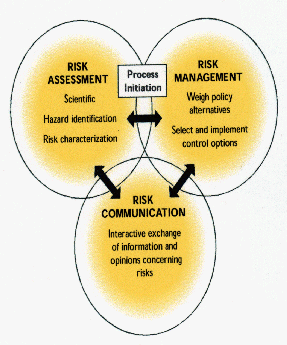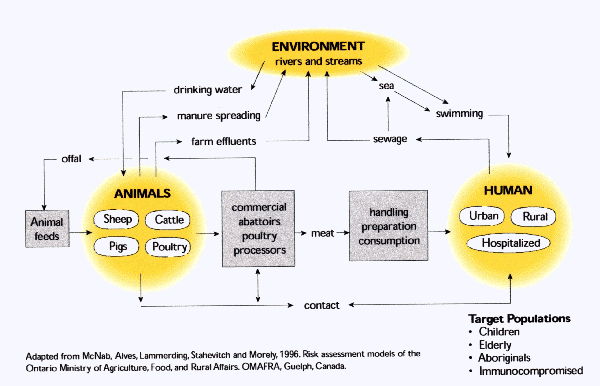|
Source: Doores 1999.
| 1992 | 1993 | 1994 | 1995 | 1996 | Per Million Inhabitants (1996) |
|
| Austria | 9 | 11 | 1.4 | |||
| Belgium | 52 | |||||
| Germany | 41 | 32 | 195 | 314 | 3.9 | |
| Ireland | 15 | 14 | 8.8 | |||
| Italy | 7 | 14 | 9 | 0.2 | ||
| Scotland | 10 | 190 | 506 | 99.2 | ||
| Sweden | 0 | 2 | 3 | 114 | 118 | 13.6 |
| United Kingdom | 627 | 540 | 685 | 1138 | 1180 | 20.3 |
| TOTAL | 694 | 588 | 878 | 1462 | 2204 |
| Country | Native cases | Imported cases | Total cases |
| United Kingdom | 180,376 | 180,376 | |
| Republic of Ireland | 487 | 12 | 499 |
| Portugal | 446 | 6 | 452 |
| Switzerland | 363 | - | 363 |
| France | 150 | 1 | 151 |
| Belgium | 18 | - | 18 |
| Netherlands | 6 | - | 6 |
| Liechtenstein | 2 | - | 2 |
| Denmark | 1 | 1 | 2 |
| Luxembourg | 1 | - | 1 |
| Germany | 1 | 6 | 7 |
| Oman | - | 2 | 2 |
| Italy | - | 2 | 2 |
| Spain | 0 | 2 | 2 |
| Canada | - | 1 | 1 |
| Falklands | - | 1 | 1 |
| Azores | 0 | 1 | 1 |
| Year of Onset | United Kingdom | France | Ireland |
| 1994 | 8 | 1 | |
| 1995 | 10 | ||
| 1996 | 11 | ||
| 1997 | 14 | ||
| 1998 | 17 | ||
| 1999 | 20(+4) | 1(+1) | 1 |
| 2000 | 1(+2) |
| Risk Manage-ment | Risk Assess-ment & Communication | Urgency in Creating an EFA | Subsidiarity | Democratic Accountability & Transparency | |
| PARLIAMENT | Low | Medium (1) | High | Medium | High |
| COUNCIL | Low | Medium | High | High | Transparency |
(high=favorable toward competency, low=unfavorable toward competency)
(1) Parliament (2000e) "believes that the Rapid Alert System which allows the rapid identification and notification of urgent food safety problems, should continue to be the responsibility of the Commission, working closely with the Member States and the EFSA, but that in due course it may be appropriate for the Rapid Alert System to be operated within the EFSA." (Bowis Report). In its common position, adopted June 2001, Parliament removed the Rapid Reaction Force from the EFA and returned it to the Commission. See European Commission (2001a). Council concurred.

Source: McNab, Alves, Lammerding, Stahevitch, and Morely. (1996) Risk Assessment Models of Ontario Ministry of Agriculture, Food, and Rural Affairs. OMAFRA, Guelph, Canada


Source: James, Kemper, Pascal (1999)